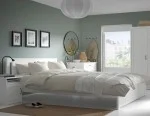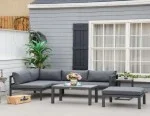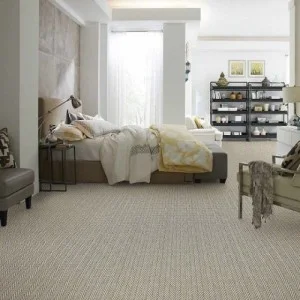Home / vinyl flooring
VINYL FLOORING: A DURABLE AND AFFORDABLE OPTION FOR YOUR HOME
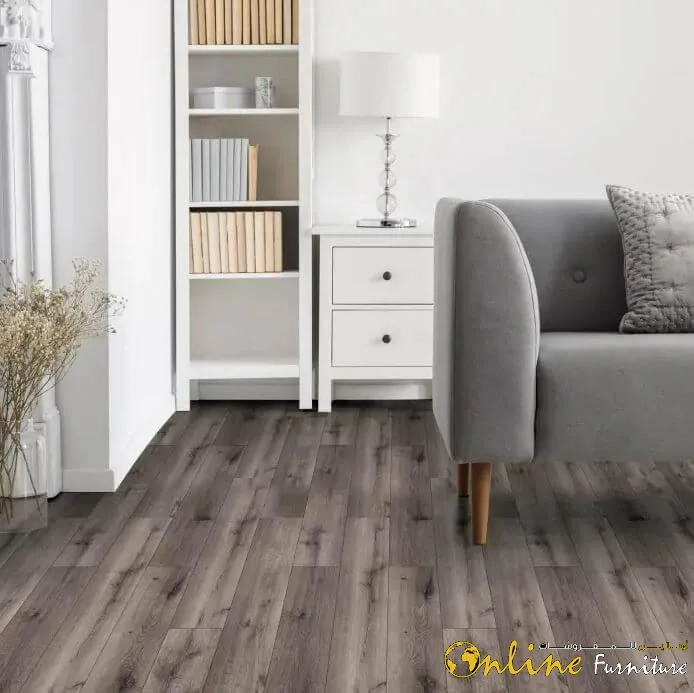
Vinyl flooring is a type of synthetic flooring material that is made from PVC (polyvinyl chloride) resin and other additives. Vinyl flooring is a popular choice for homes and commercial spaces because of its durability, affordability, and versatility.
Vinyl flooring was first introduced in the 1930s as a cheaper alternative to linoleum.
Over the years, vinyl flooring has undergone significant improvements in design and manufacturing, making it a preferred flooring option for many people.
Vinyl flooring comes in a wide variety of colors, patterns, and textures, making it a versatile option that can suit different styles and preferences.
Some vinyl flooring is designed to look like natural materials, such as wood, stone, or ceramic tiles, while others have unique patterns or designs.
One of the advantages of vinyl flooring is its durability. It is resistant to scratches, dents, and stains, making it ideal for high-traffic areas such as hallways, kitchens, and bathrooms. Vinyl flooring is also easy to clean and maintain, making it a practical option for busy households or commercial spaces.
Another advantage of vinyl flooring is its affordability. It is often less expensive than other flooring materials such as hardwood or ceramic tiles. This makes it an accessible option for people who are on a budget.
Benefits of Vinyl Flooring
- Durability: Vinyl flooring is known for its durability and can last for years with proper care and maintenance. It can withstand heavy foot traffic and is resistant to scratches and dents, making it a great option for high-traffic areas such as entryways, kitchens, and bathrooms.
- Waterproof: Vinyl flooring is resistant to moisture and is a great choice for areas of the home that are prone to spills and humidity, such as bathrooms, laundry rooms, and kitchens. Some vinyl flooring options are even waterproof, making them ideal for basements and other areas prone to moisture.
- Easy Maintenance: Vinyl flooring is easy to clean and maintain, making it a great option for busy households. Regular sweeping and mopping are all that’s needed to keep your vinyl floors looking great.
- Comfortable: Vinyl flooring is soft and comfortable underfoot, making it a great option for households with children and pets. It can also provide insulation and help to reduce noise levels in the home.
- Affordable: Vinyl flooring is one of the most affordable flooring options on the market, making it a great choice for budget-conscious homeowners who want to update their floors without breaking the bank.
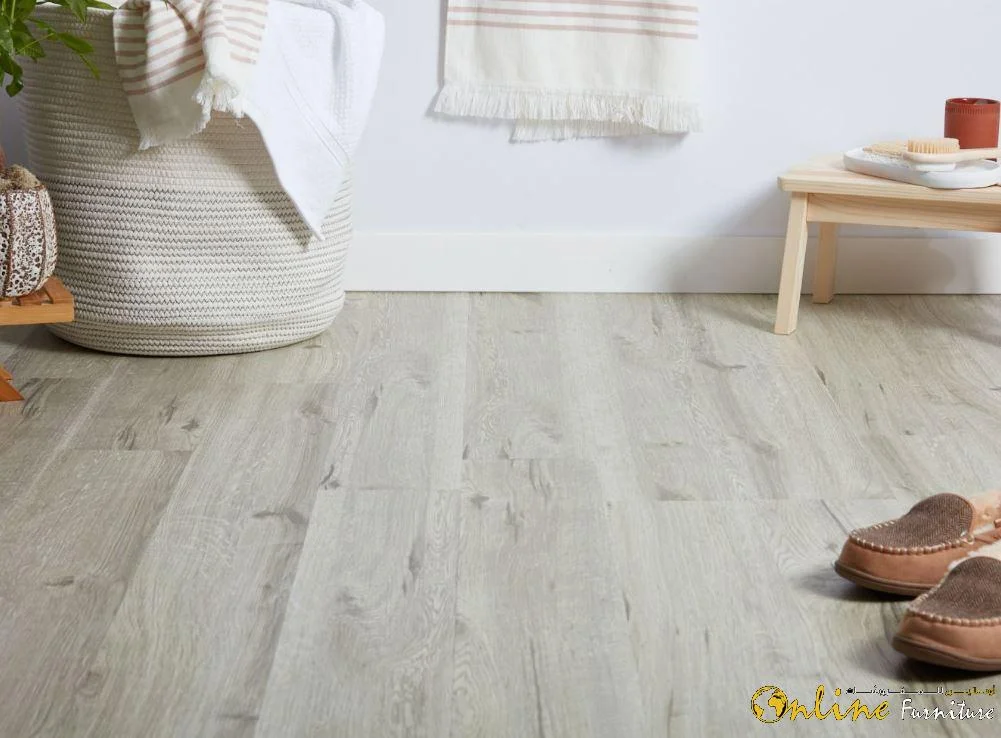
TYPES OF VINYL FLOORING
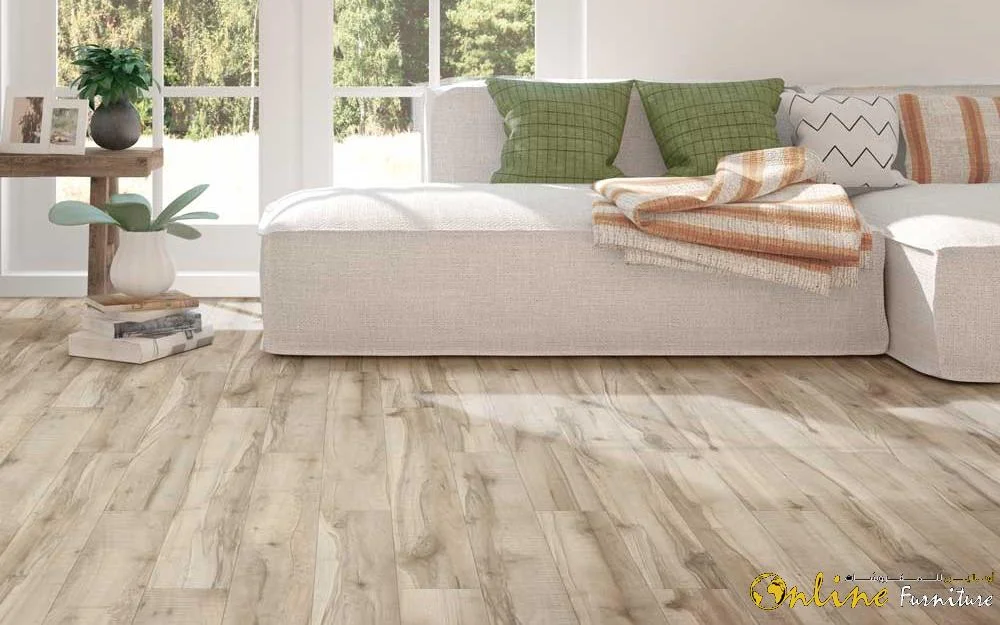
- Sheet Vinyl: Sheet vinyl is a popular option for large areas such as living rooms, bedrooms, and kitchens. It comes in large rolls that are cut to fit the dimensions of your space, making installation quick and easy.
- Vinyl Tiles: Vinyl tiles come in a variety of shapes and sizes and can be arranged in a range of patterns to create a custom look. They are a great option for smaller areas such as bathrooms and laundry rooms.
Luxury Vinyl: Luxury vinyl is a high-end option that can mimic the look of natural stone, hardwood, and other popular flooring materials. It is durable, waterproof, and easy to maintain, making it a great option for busy households.
Overall Vinyl Flooring
Overall, vinyl flooring is a durable, versatile, and affordable flooring option that is suitable for a wide range of spaces and settings. Its design options and ease of maintenance make it a popular choice for homeowners and commercial establishments alike.
Vinyl flooring has a relatively short history compared to other flooring materials. It was first introduced in the 1930s as a cheaper alternative to linoleum, which was the popular flooring material at the time. The first vinyl flooring was a solid, homogeneous product that was available in only a few colors.
In the 1940s, vinyl flooring began to be produced in a tile format, which made it easier to install and replace. It was during this time that vinyl flooring gained popularity, especially in commercial spaces such as hospitals and schools. It was favored because of its durability, ease of maintenance, and affordability.
In the 1950s, vinyl flooring was introduced to the residential market. This was due to the growth of the housing industry and the desire for a more affordable and durable flooring option. With improvements in manufacturing technology, vinyl flooring became available in a wider range of colors, patterns, and textures. It also became more resilient and slip-resistant, making it safer for use in homes.
During the 1960s and 1970s, vinyl flooring became even more popular as new printing techniques allowed for more realistic designs that mimicked the look of natural materials such as wood and stone. Vinyl flooring continued to evolve in the following decades with the introduction of new materials and manufacturing processes.
Today, vinyl flooring is a popular and widely-used flooring option in both residential and commercial settings. It has come a long way since its introduction in the 1930s and continues to be a practical and affordable choice for many people.
Vinyl flooring is a versatile flooring option that can be used in a wide variety of settings. It is a popular choice for homes, particularly in areas such as kitchens, bathrooms, and laundry rooms, where water resistance and durability are important. Vinyl flooring is also commonly used in commercial spaces, such as offices and schools, where it can withstand heavy foot traffic and is easy to maintain.
It can be designed to look like wood or tile, providing a professional and aesthetically pleasing look. Additionally, vinyl flooring is affordable, making it an accessible option for people on a budget. With its many advantages, it is no wonder that vinyl flooring continues to be a popular choice for both residential and commercial spaces.
FAQ'S
Vinyl flooring is generally safe for use in the home, but it’s important to choose products that are low in VOCs (volatile organic compounds) and phthalates, which can be harmful to your health. Look for products that have been certified by reputable third-party organizations, such as Floor Score and GREENGUARD.
Yes, vinyl flooring can be installed over existing flooring in many cases. However, it’s important to ensure that the existing flooring is in good condition and that the subfloor is level and free of debris.
With proper care and maintenance, vinyl flooring can last for 10-20 years or more. Some high-end luxury vinyl products may have a longer lifespan.
While not all vinyl flooring is waterproof, some products are specifically designed for use in wet areas such as bathrooms and kitchens. Look for products that are labeled as “waterproof” or “water-resistant” for these areas.
Vinyl flooring is easy to clean and maintain. Regular sweeping and mopping with a mild cleaner are all that’s needed to keep your floors looking great. Avoid using harsh chemicals or abrasive cleaners, as these can damage the surface of

